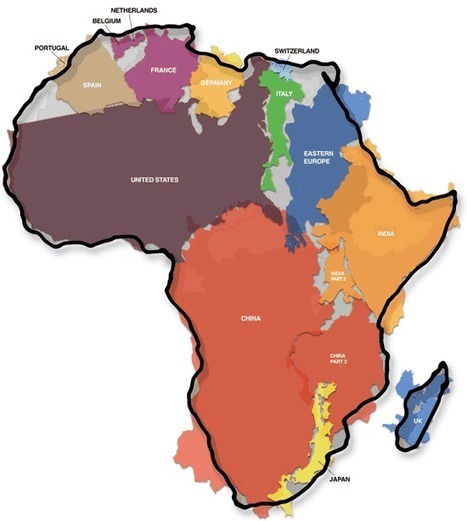For over a century, writers and architects have imagined the cities of the future.
In the late 1960s, architect Paolo Soleri envisioned “arcology” - a word that combines “architecture” and “ecology," with a goal of building structures to house large populations in self-contained environments with a self-sustaining economy and agriculture. “In the three-dimensional city, man defines a human ecology. In it he is a country dweller and metropolitan man in one. By it the inner and the outer are at ‘skin’ distance. He has made the city in his own image. Arcology: the city in the image of man.” (Paolo Soleri)
Via Lauren Moss



 Your new post is loading...
Your new post is loading...












Amazing and beautiful analysis!! Believe it or not, the science fiction also has something to teach us about the city of tomorrow.